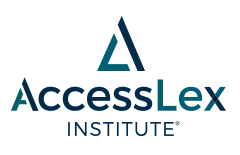
Bar Examinations and Bar Passage
The Bar Examination in Black and White: The Black-White Bar Passage Gap and the Implications for Minority Admissions to the Legal Profession
Document Type
Law Review Article
Publication Date
1-2003
Keywords
lawyer demographics, bar passage correlates, enrolled student demographics, race and ethnicity
Abstract
This article explores 1) the phenomena of the Black-White Bar Passage Gap, 2) the reasons further study of the gap is required and 3) psychometric and cultural observations about the existence of this gap. The Black-White Test Score Gap is a term used to describe the observed differences in test results between black and white standardized test takers. When this concept is applied to similar differences in bar passage results, this article labels the phenomena as the Black-White Bar Passage Gap. Although the LSAC National Longitudinal Bar Passage Study clearly documented this gap, further study of the Black-White Bar Passage Gap is needed due to three converging trends. The trends are 1) the increasing use by state bar examiners of standardized multistate examinations, 2) the higher percentages of black student enrollment in and graduation from law school, and 3) the recent decrease in national and state bar passage rates. After examining the data indicating the continued need to study the Black-White Bar Passage Gap, this article explores the concepts of test validity and bias and later examines culture and race oriented theories which provide explanations for the differences in black and white test scores. The article concludes that the phenomena of the Black-White Bar Passage Gap will continue to slow the rate of minority admission into the legal profession without further study of its ramifications and causes.




